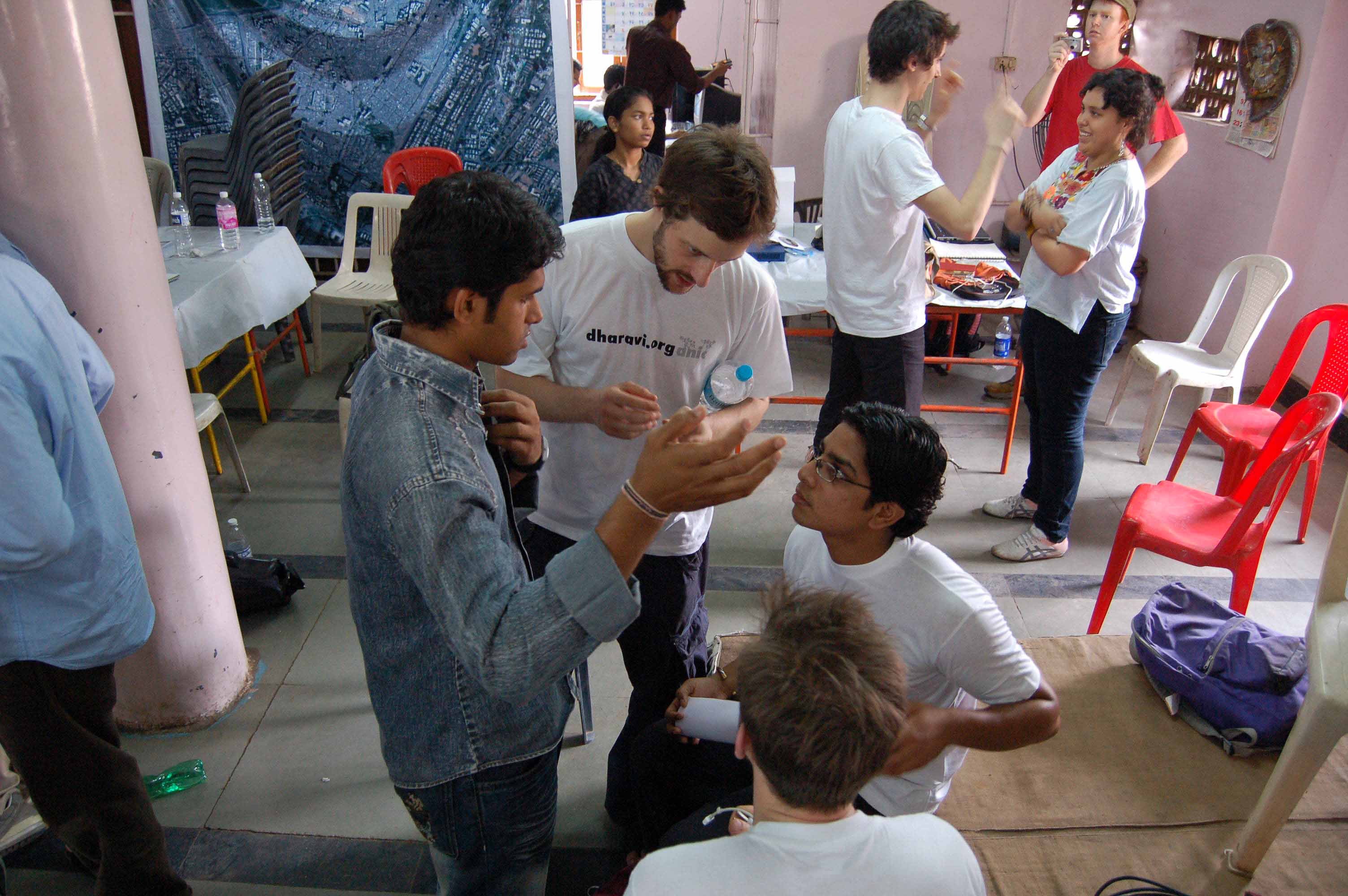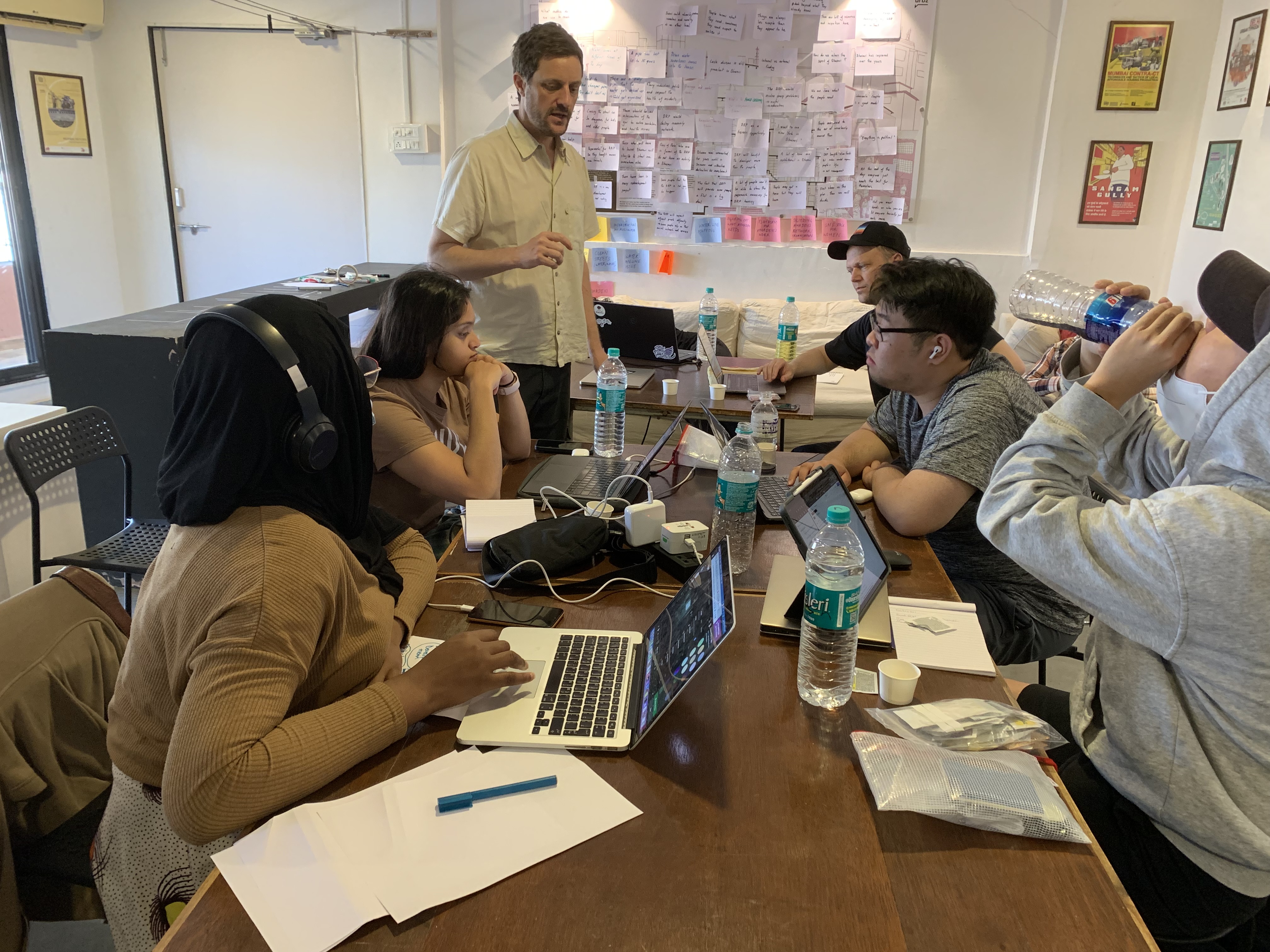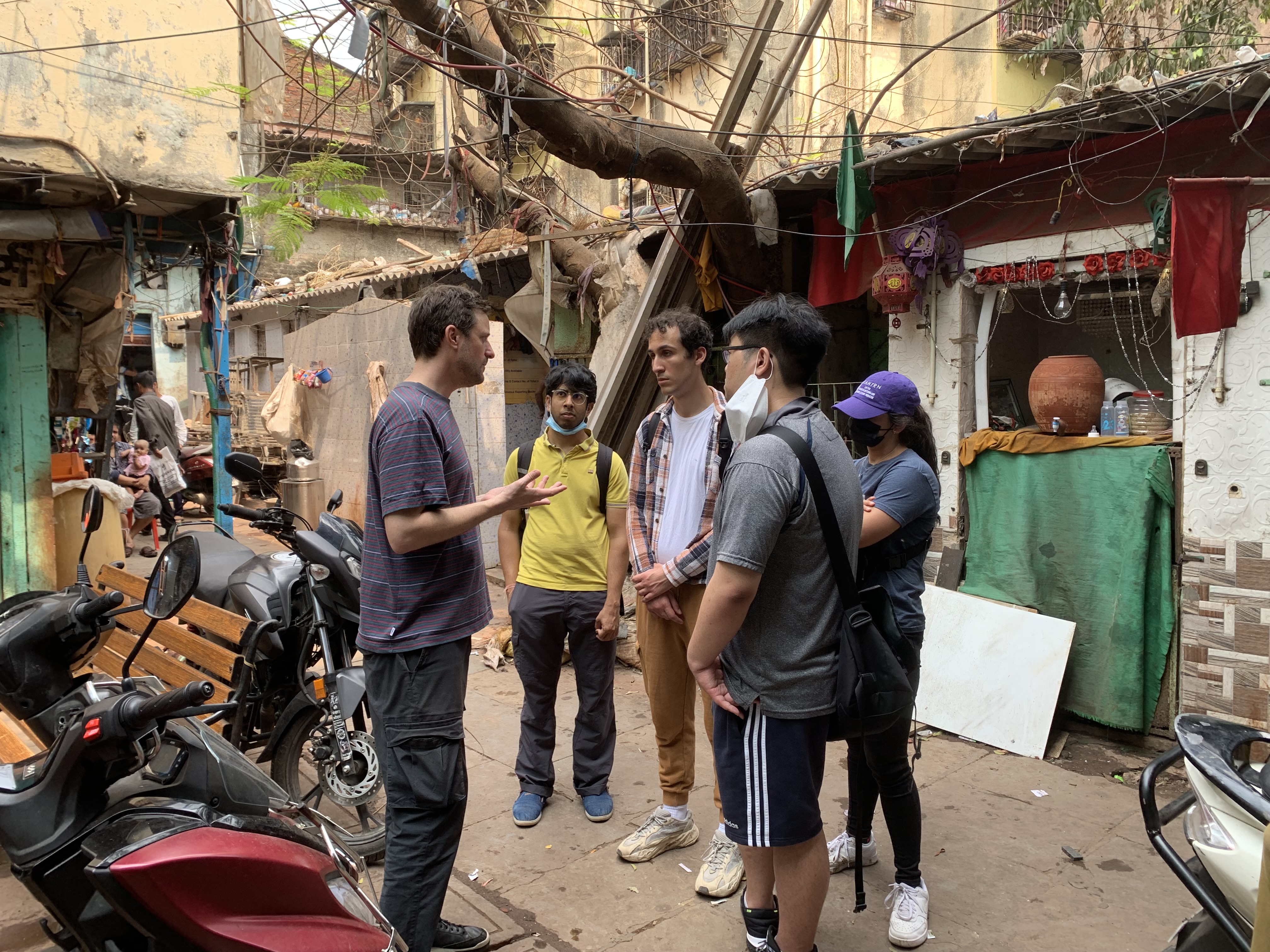
Navigating the Inception Journey
Breathing Life Into dharavi.org
The effort to revive dharavi.org, originally launched by Urbz in 2008, took shape as a joint venture between EfSI 2023 students and Urbz. Their shared goal was to present Dharavi uniquely to a global audience. Collaborative discussions led to the formulation of principles governing the site’s operation, classified into two main categories: the essential technology for functionality and the type of content to be hosted.

On the technological front, a deeper analysis uncovered the need for a robust content management system to ensure longevity and easy archiving. Grav was chosen for its flat-file architecture, simplifying maintenance. Content-wise, decisions focused on minimizing intervention, leading to the exclusion of features like discussion threads. Active and archive content were distinguished, with active content requiring periodic updates for relevance.
Shaping the Narrative
Understanding the content’s nature spurred efforts to identify captivating and influential materials to reshape the narrative around Dharavi. Recognizing the need for an interdisciplinary approach, a journal format was chosen as the active content type. Quarterly journals, balancing historical context and a fresh approach, were deemed suitable for portraying Dharavi’s evolving dynamics.

To enrich the site, a curated collection of resources and initiatives was incorporated. This diverse content aimed to provide a foundational understanding of Dharavi’s context, including blog posts, local organizations, books, movies, and academic papers.
Unveiling the Journal
The journal, the final piece of dharavi.org, acts as a dynamic platform welcoming unconventional and interdisciplinary perspectives on Dharavi’s future. Seeking extraordinary yet grounded opinions, it aims to establish a new knowledge base, free from existing contention among stakeholders. Beyond Dharavi, the endeavor extends to illuminate marginalized societies globally. While content generation may involve reaching out to individuals, the platform remains open to public submissions, guided by editorial guidelines.
These guidelines serve as a means to curate high-quality, engaging content. Despite resource limitations, the commitment remains unwavering: curating a thought-provoking collection envisioning an extraordinary future for Dharavi.